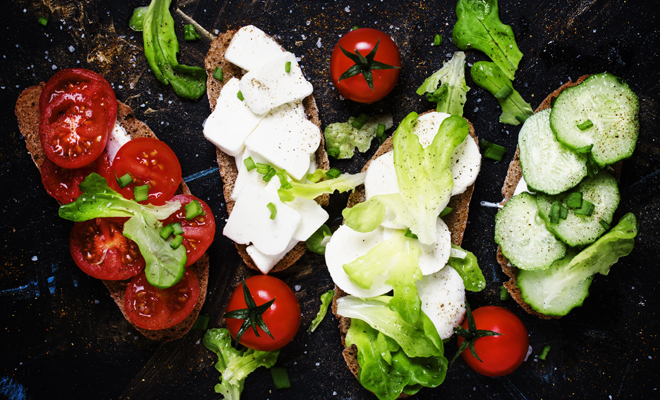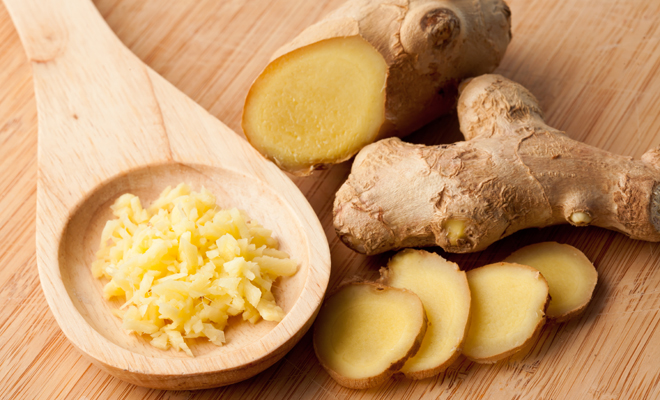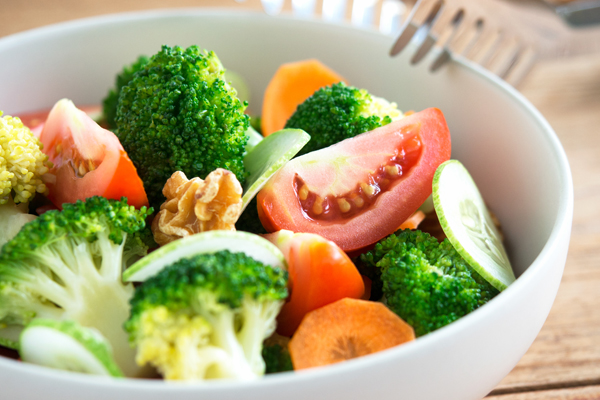We know that colors influence our state of mind and around this idea a whole psychology of color has been developed that analyzes our reactions to the perception of a certain color in our environment. For example, red is associated with passion, orange with joy and youth, green with hope and blue with tranquility. And if colors are important in the environment that surrounds us, it is no less important in food, and depending on the color of the food, we perceive it to be more or less tasty.
Colorful food
- Food enters us first through sight and depending on the color it has, we can feel attracted to it or, on the contrary, reject it completely. This is something that manufacturers of food products know and it is the main reason for the use of coloring in food. Because it is not just about the color of fresh food, but about the attractiveness that it is capable of generating in the long process until it is consumed at the table.
- It seems that the red color in food is preferred by consumers anywhere in the world, followed by orange and yellow. In any case, these are colors that food has naturally. For this reason, when we are faced with an unusual color in food, we tend to reject it. This is something that happens, for example, with blue and, to a lesser extent, with purple.
- When a food turns blue, it generally implies that it is in poor condition and that we can get intoxicated, hence the unconscious rejection that foods of this hue produce in us, including jelly beans and ice cream, which are the least consumed. For its part, green is a more accepted color and, although the green color in meat is also a sign of toxicity, it is a color that is more related to vegetables and, therefore, with the safety of eating food. healthy.
Food coloring
- Controversial food colorings play a fundamental role in the final appearance of food. They are controversial because it has not been possible to demonstrate that they are not harmful to health and, however, what has been shown is that they do not interfere with the quality and preservation of the product. Therefore, its use would be useless.
- Manufacturers using colorants in food are asked to use as little as possible, easily incorporated into food, not affected by changes in light or heat, and not have an unpleasant odor or taste. And, of course, that it does not endanger the health of the people who ingest it. However, these recommendations are not always followed and there have been cases of intolerance to some dyes causing health problems such as chronic urticaria or asthma.
- The controversy will continue to surround the use of food dyes, but there is no doubt about how the appearance and color of food affects our predisposition to consume it.



